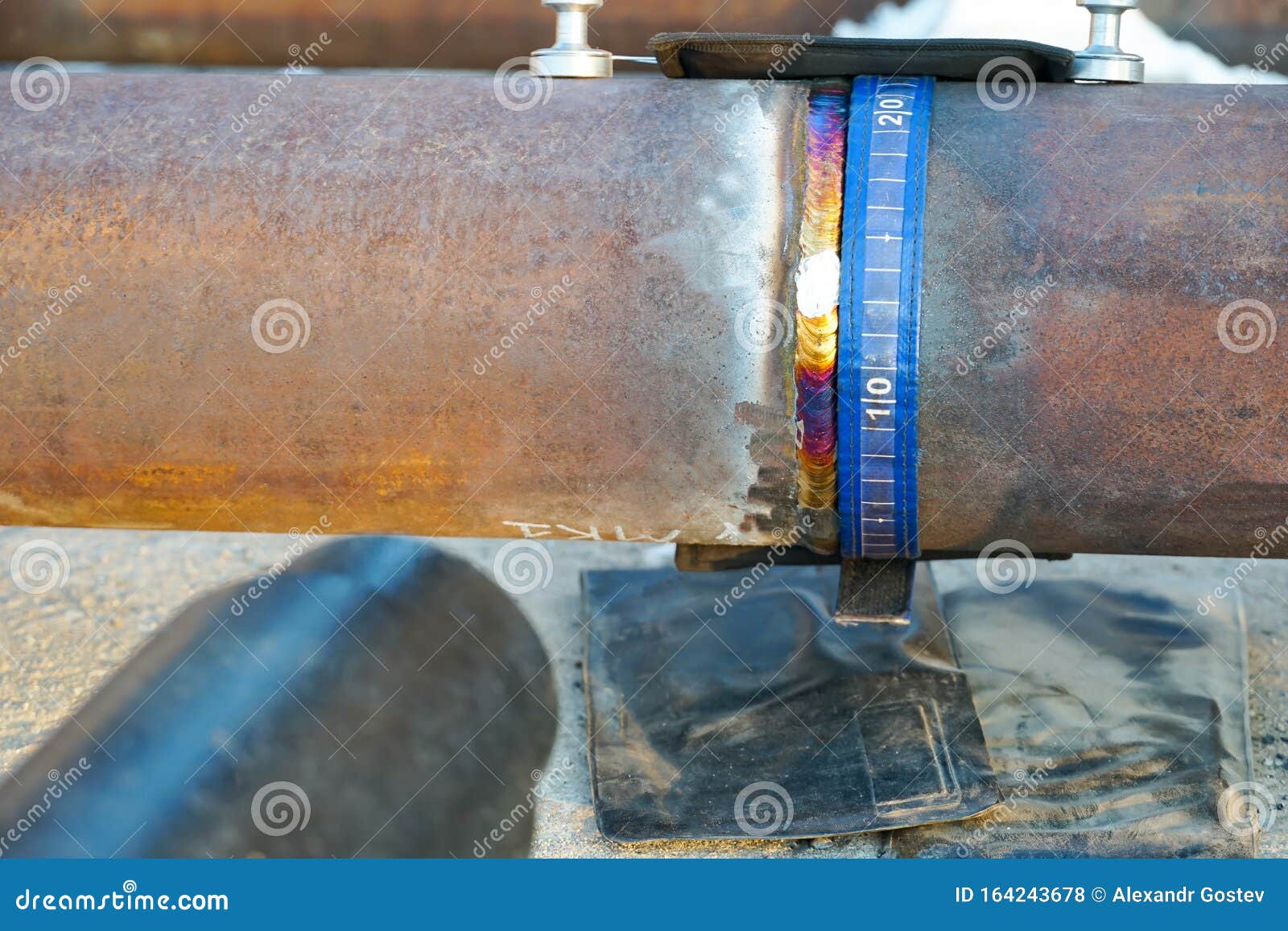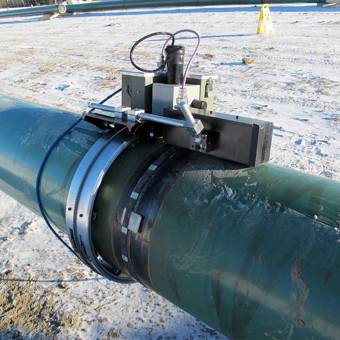Safety First: Comprehensive Pipeline Welding Inspection for every single Job Stage
Safety First: Comprehensive Pipeline Welding Inspection for every single Job Stage
Blog Article
Comprehensive Introduction of Pipe Welding Examination Treatments
Pipe welding examination procedures play a vital function in ensuring that welded links satisfy rigid market standards and specs. From precise pre-welding examinations to extensive post-weld evaluations, a well-defined assessment process is essential for preserving the architectural strength of pipes.
Pre-welding Assessment Preparations
Prior to beginning the welding process, thorough pre-welding inspection preparations are important to make sure the stability and top quality of the weld joint. These preparations entail a meticulous examination of the materials to be bonded, the welding equipment, and the job atmosphere. To start with, the products have to be examined for any flaws, pollutants, or variances that could compromise the weld. This includes checking for proper material qualities, dimensions, and surface problems. Pipeline Welding Inspection. In addition, the welding devices requires to be examined to confirm that it is in excellent functioning condition, calibrated correctly, and ideal for the specific welding process. Any concerns with the devices ought to be dealt with immediately to avoid defects in the weld. The work setting have to be assessed for cleanliness, correct ventilation, and security measures to make certain a conducive setup for the welding procedure. By conducting detailed pre-welding assessment preparations, prospective problems can be determined and fixed at an early stage, leading to premium and trusted weld joints.
Welding Procedure Certification
Extensive pre-welding inspection prep work lay the structure for the important procedure of Welding Treatment Credentials, ensuring the honesty and top quality of the weld joint. Welding Treatment Credentials (WPQ) is an essential action in the welding process that includes testing and certifying welding procedures to assure they fulfill particular criteria and needs. The WPQ process generally consists of welding procedure requirements growth, welding treatment qualification testing, and documents of the outcomes.
During welding procedure spec growth, crucial information such as the welding process, welding materials, joint layout, and welding specifications are specified to develop an extensive treatment. Ultimately, welding procedure credentials testing is performed to validate the recommended treatment's honesty. This testing commonly involves welding test vouchers that go through numerous mechanical and non-destructive examinations to evaluate the weld's quality and adherence to the specified criteria.
In-process Weld Assessment
During the welding process, in-process weld evaluation plays a critical duty in making sure the quality and integrity of the weld joint - Pipeline Welding Inspection. This sort of assessment involves keeping an eye on the welding specifications, examining the weld grain development, and identifying any potential issues or gaps as they happen. By conducting in-process weld examinations, welding drivers can quickly address any issues that might arise, thereby avoiding further flaws and ensuring that the final weld meets the required specs
Usual techniques used for in-process weld assessment consist of visual assessment, liquid penetrant testing, magnetic particle testing, ultrasonic screening, and radiographic screening. Overall, in-process weld evaluation is crucial for keeping the quality and dependability of bonded pipes.
Non-destructive Testing (NDT)
Non-destructive Testing (NDT) is a crucial method employed in pipeline welding evaluation to assess the stability of weld joints without navigate to this website causing damages to the welded structure. By utilizing numerous NDT techniques, assessors can assess the high quality of welds and identify any kind of issues or stoppages that may jeopardize the structural stability of the pipe. Common NDT techniques used in pipeline welding evaluation consist of Radiographic Screening (RT), Ultrasonic Testing (UT), Magnetic Particle Testing (MPT), Fluid Penetrant Testing (LPT), and Visual Screening (VT)
RT entails the use of X-rays or gamma rays to produce pictures of the inner framework of the weld, allowing examiners to find issues such as porosity, splits, or incomplete blend. UT makes use of high-frequency acoustic waves to find flaws underneath the surface area of the weld, using detailed details concerning the why not try these out dimension and area of problems. MPT and LPT are utilized to identify surface-breaking problems by using penetrant fluids or magnetic fragments to the weld area. Additionally, VT involves aesthetic assessment of welds to recognize any noticeable blemishes.
Post-weld Evaluation and Documentation


Paperwork of post-weld examination findings is necessary for keeping quality assurance records and making sure compliance with market criteria and policies. In-depth records must include information concerning the inspection approaches made use of, the location and nature of any kind of problems located, and any corrective actions taken - Pipeline Welding Inspection. Correct documents not just works as a record of the weld's high quality yet additionally aids in click to find out more future maintenance and inspection procedures
Verdict

In conclusion, pipeline welding examination procedures play an important function in guaranteeing the quality and integrity of welds. In general, adherence to appropriate examination procedures is essential to the success of pipeline welding projects.
From meticulous pre-welding inspections to detailed post-weld assessments, a distinct assessment process is vital for maintaining the structural strength of pipes. By conducting in-process weld evaluations, welding operators can promptly deal with any problems that might develop, thus preventing more problems and guaranteeing that the final weld meets the required requirements.
Common methods utilized for in-process weld evaluation consist of visual evaluation, fluid penetrant testing, magnetic fragment testing, ultrasonic testing, and radiographic screening.Non-destructive Testing (NDT) is a vital method utilized in pipe welding inspection to assess the stability of weld joints without triggering damages to the bonded framework. Post-weld evaluation involves numerous approaches to analyze the welds for issues, including visual evaluation, color penetrant testing, magnetic fragment testing, ultrasonic testing, and radiographic screening.
Report this page